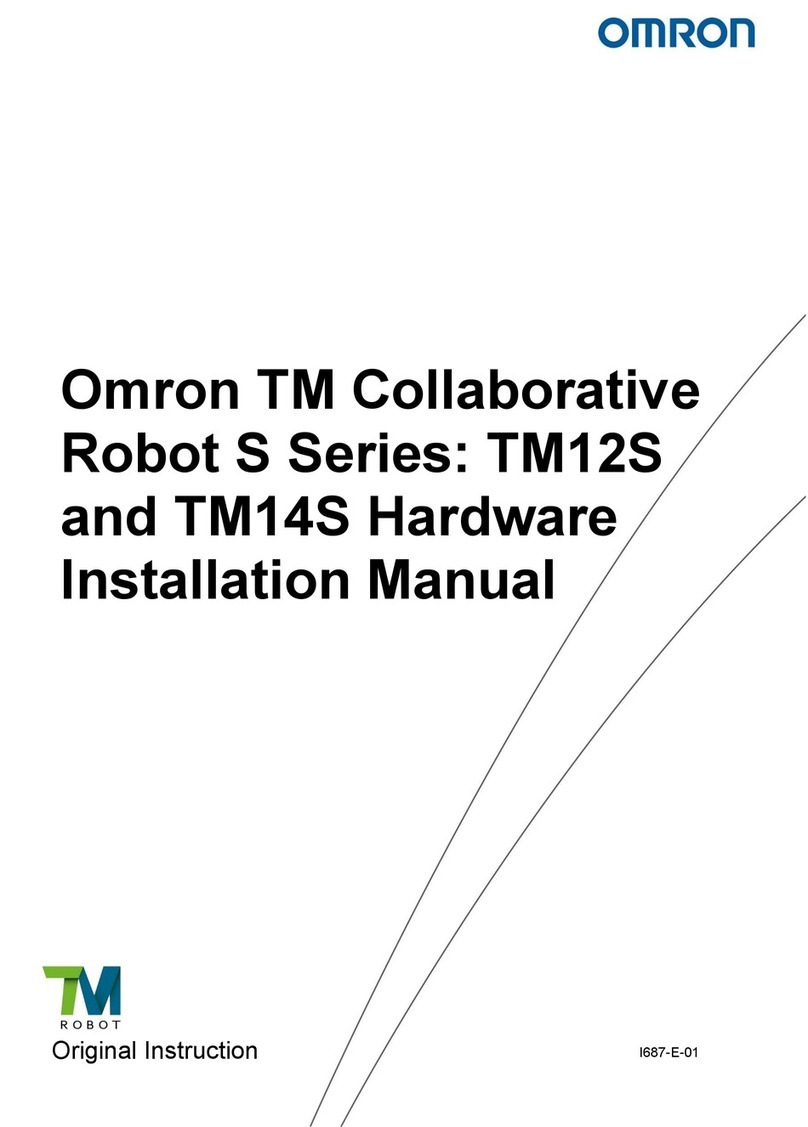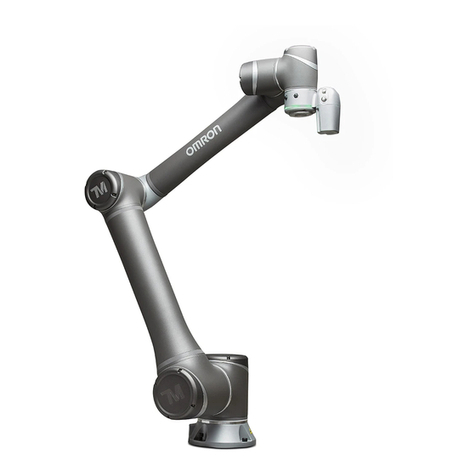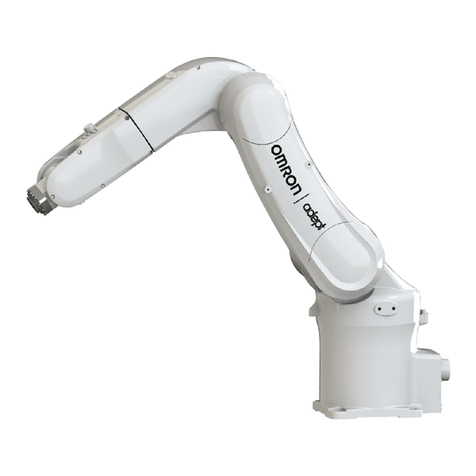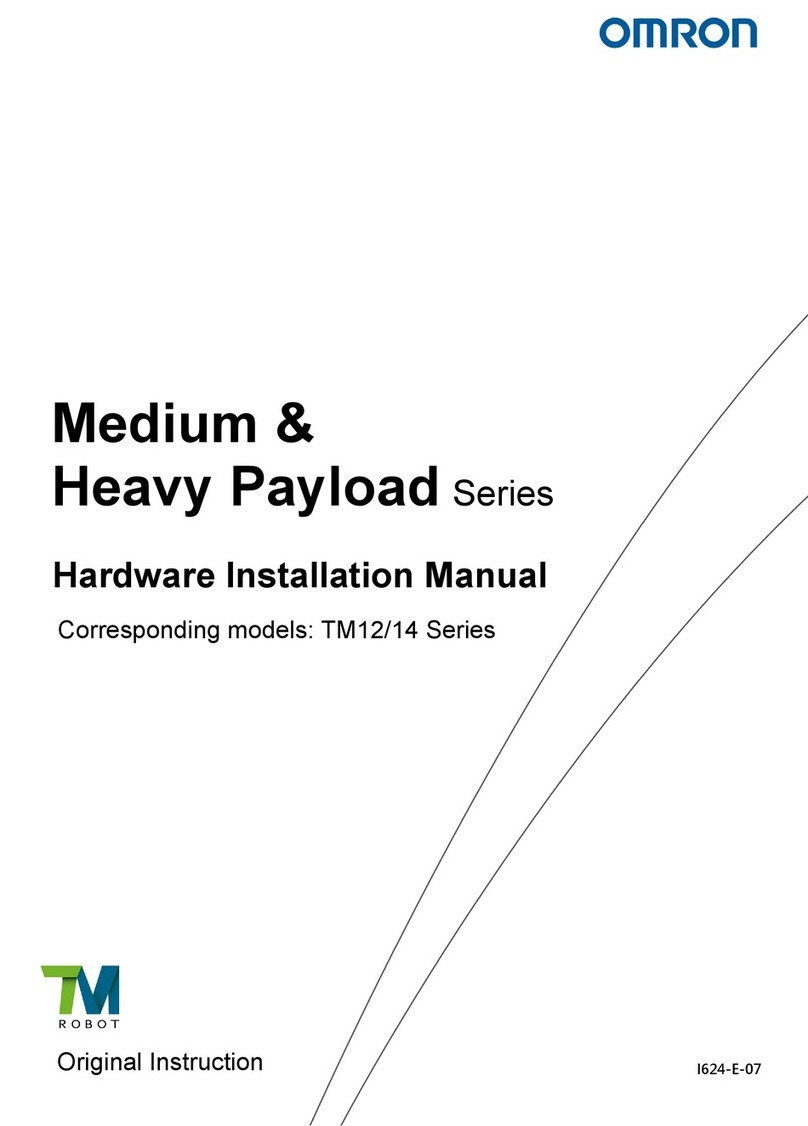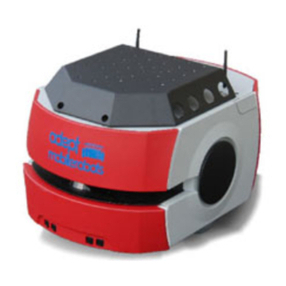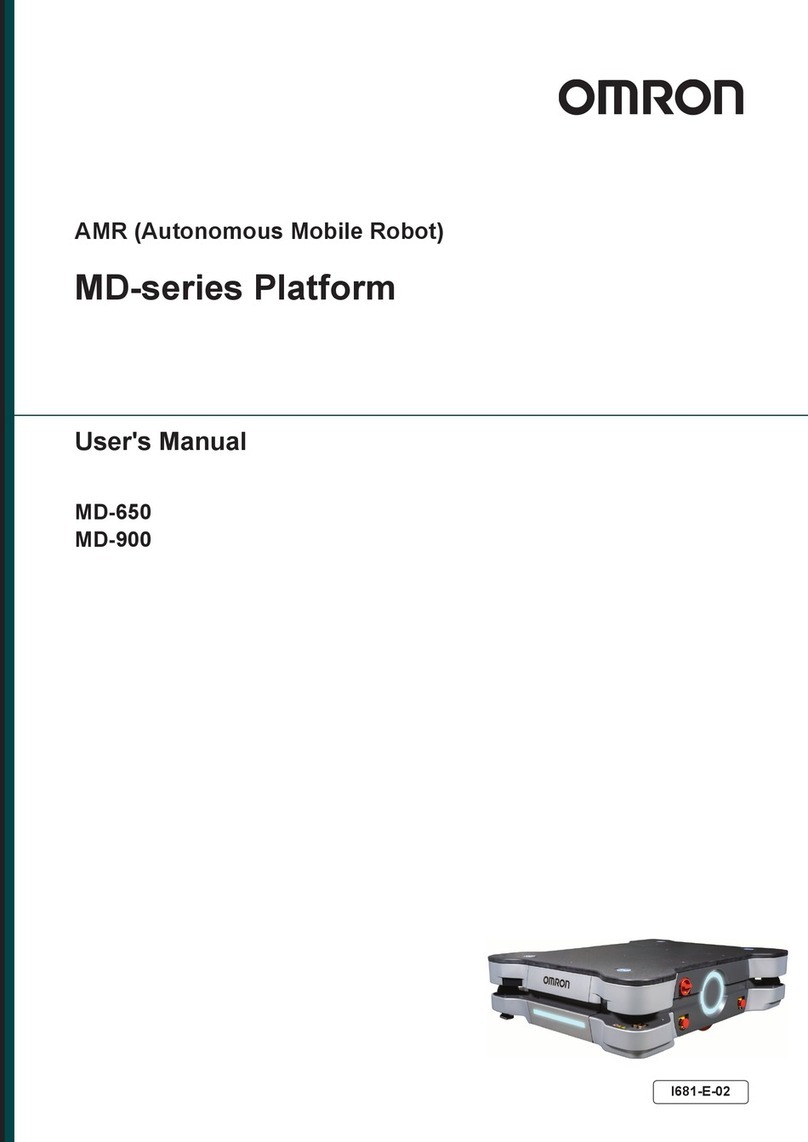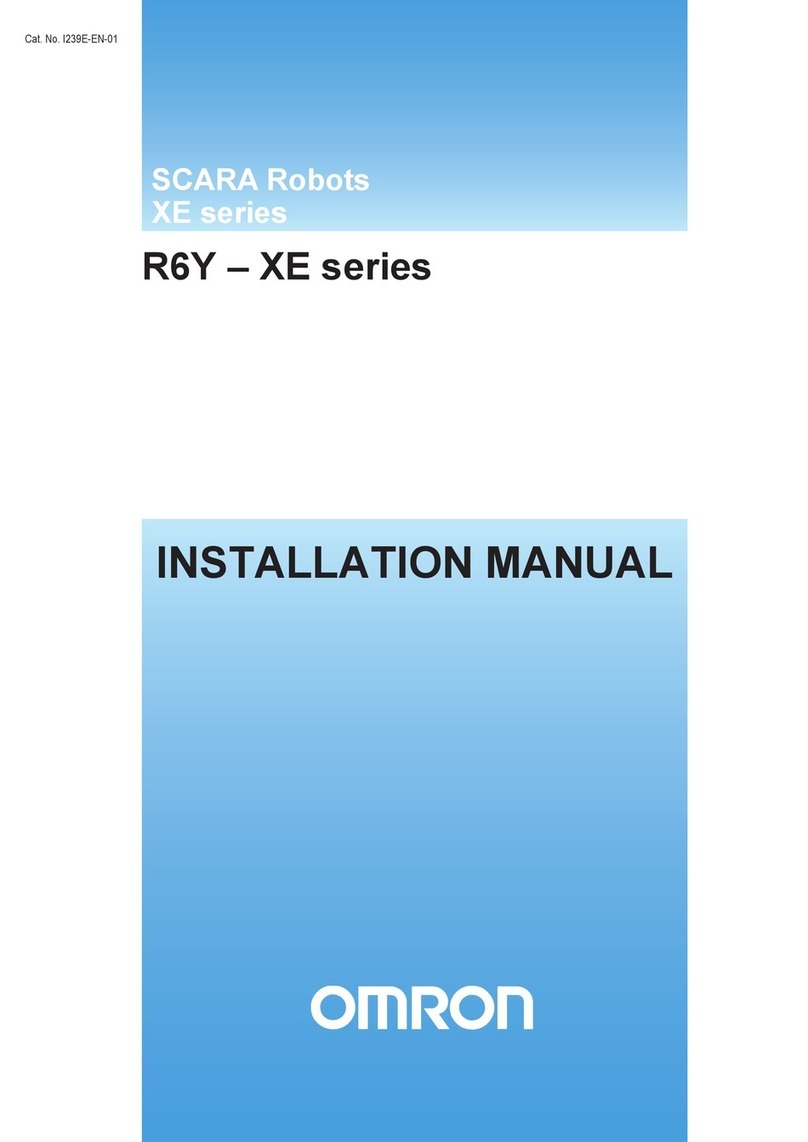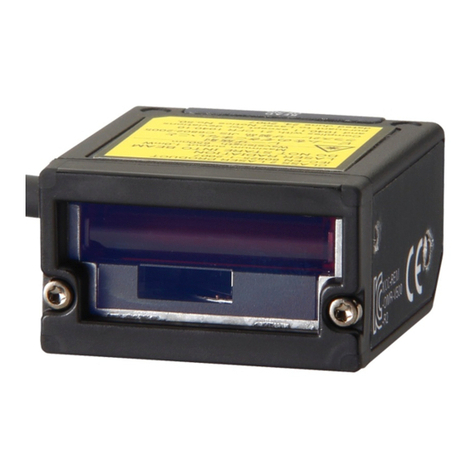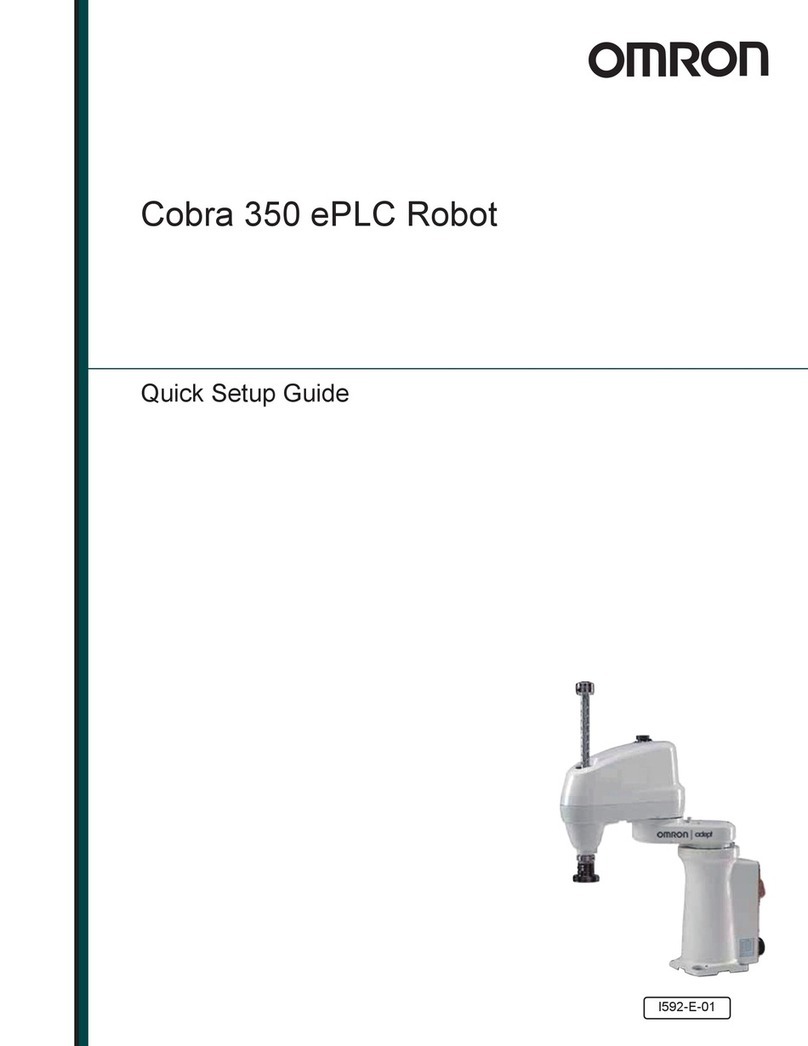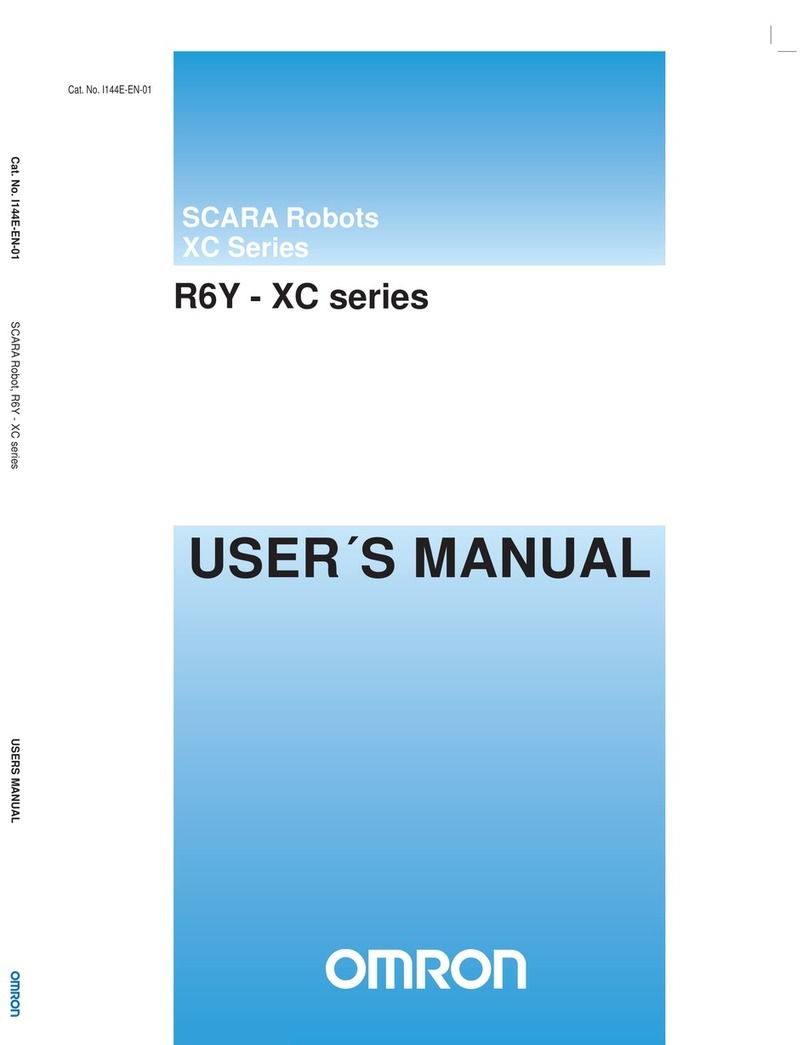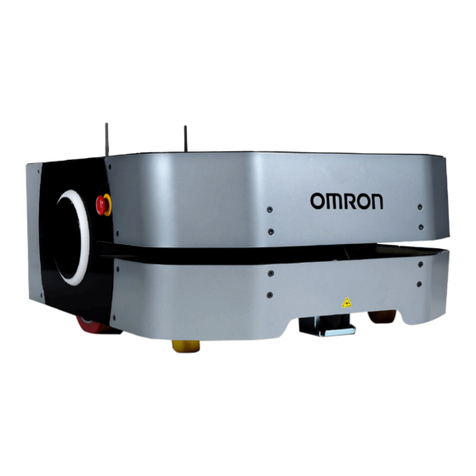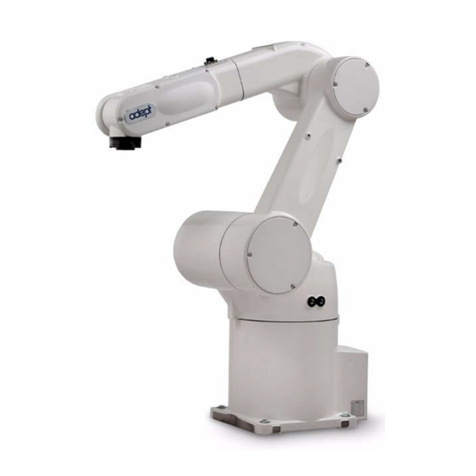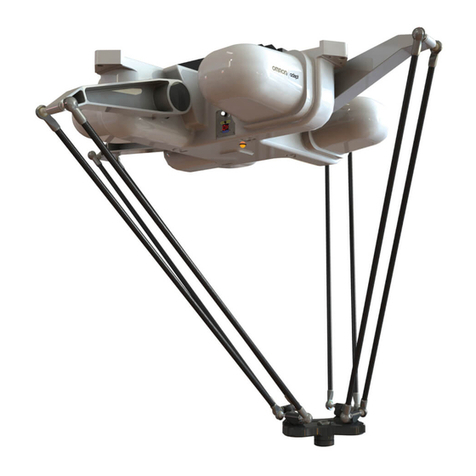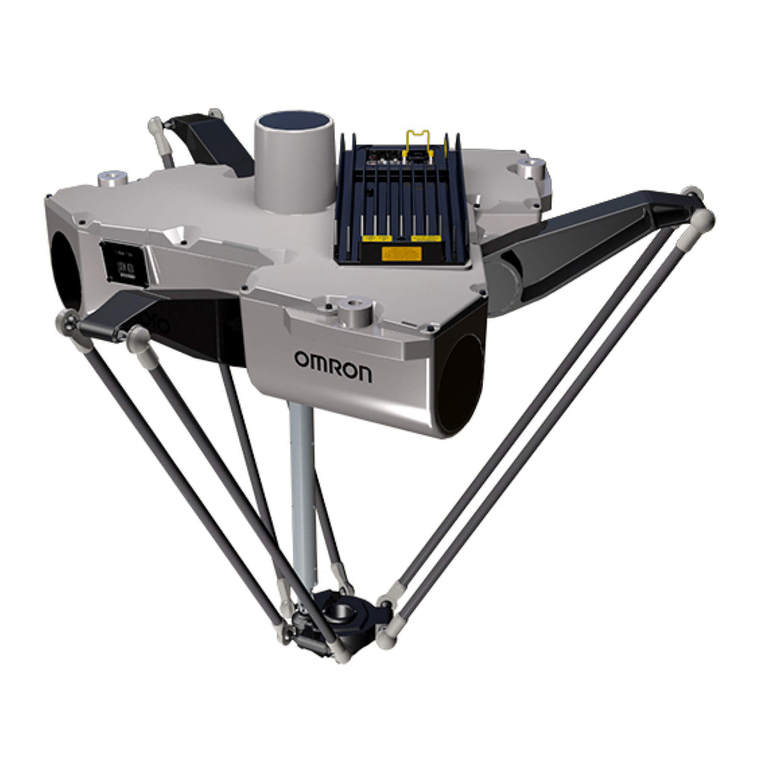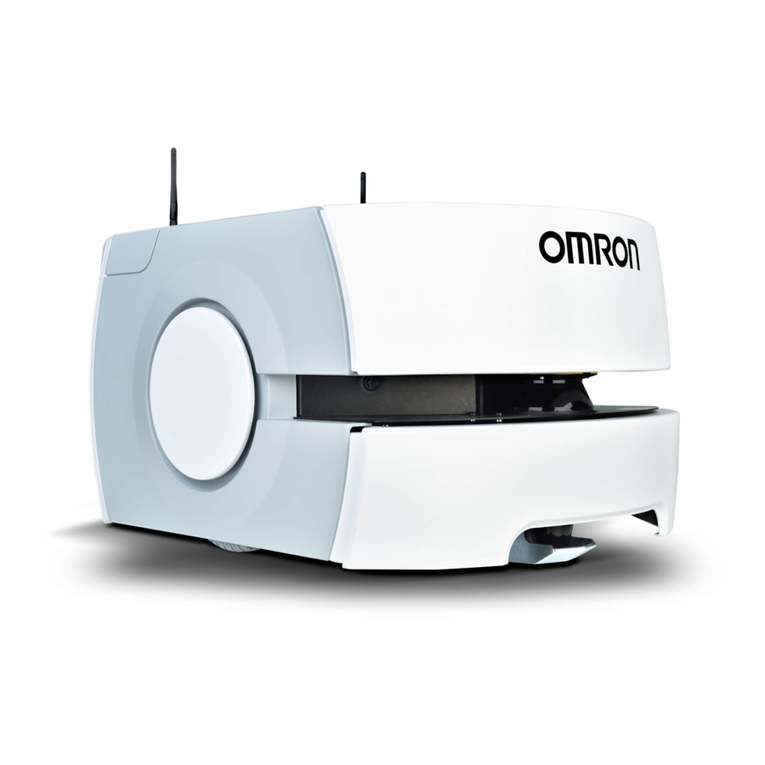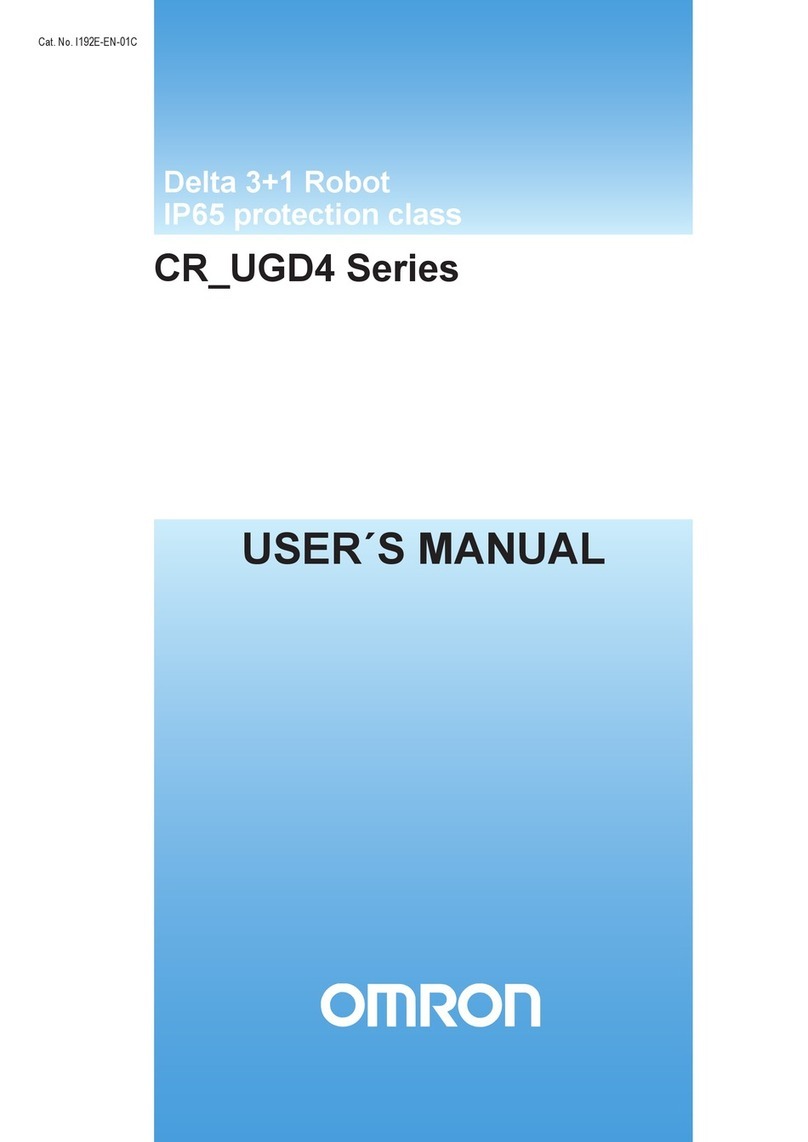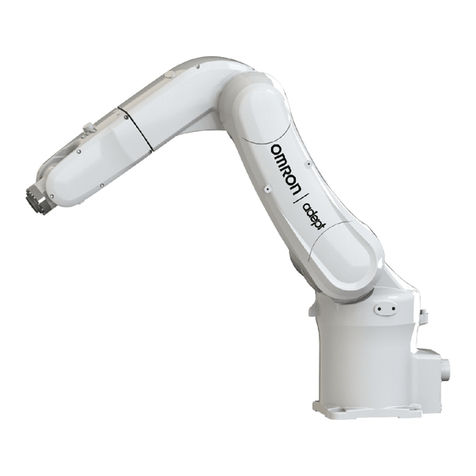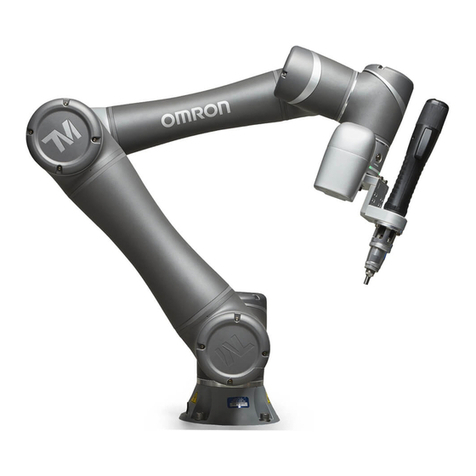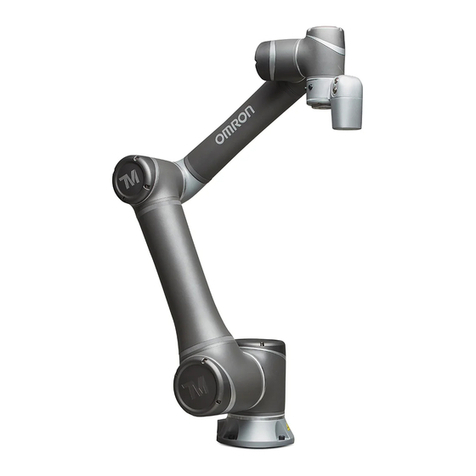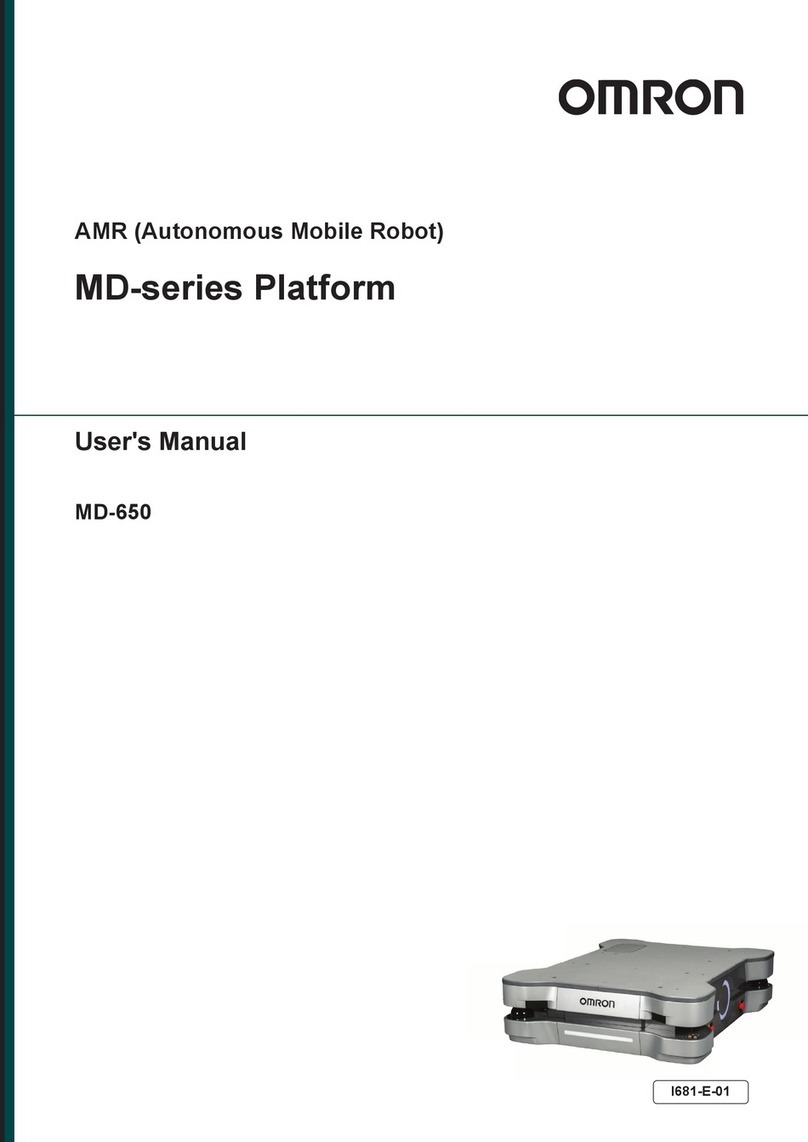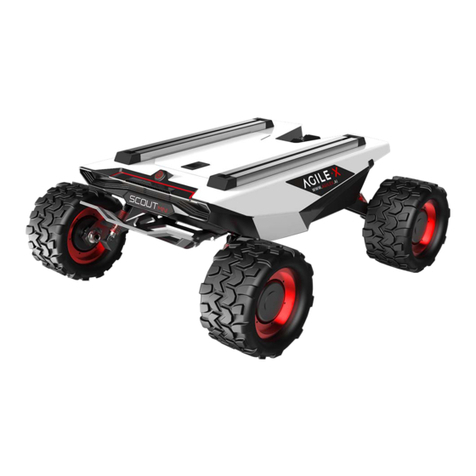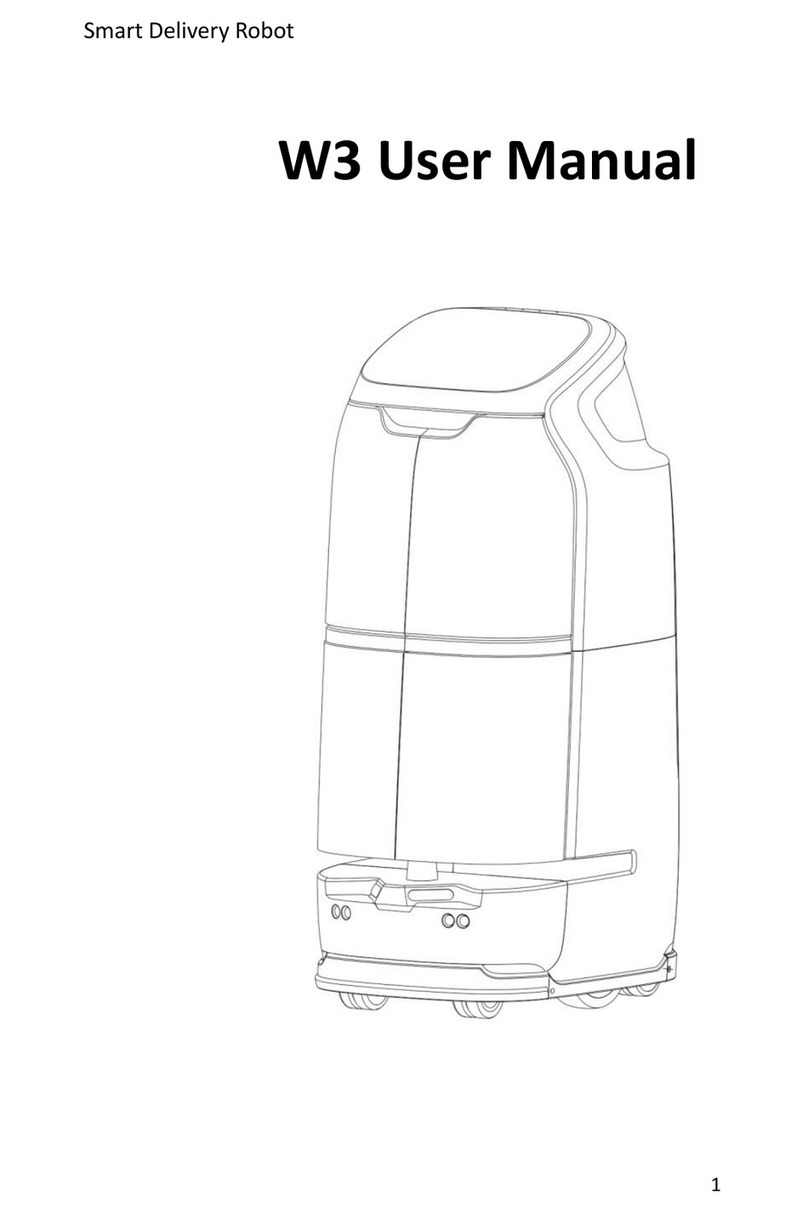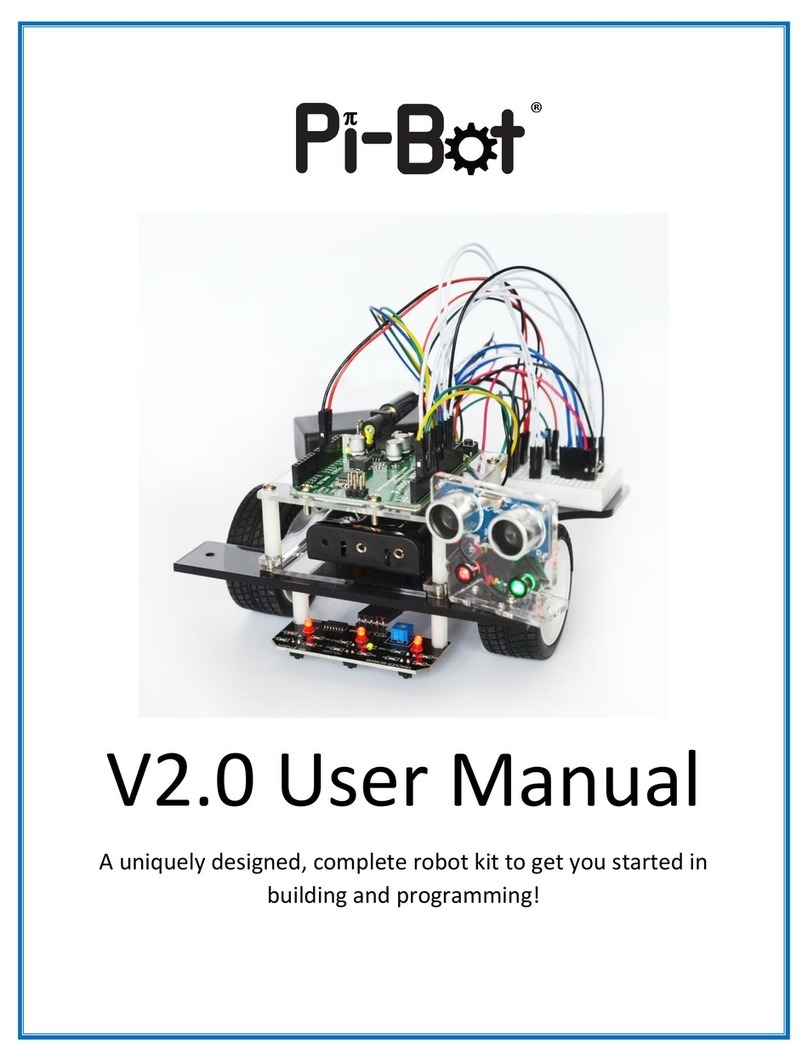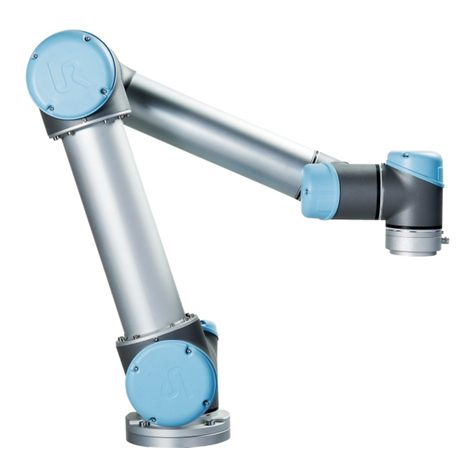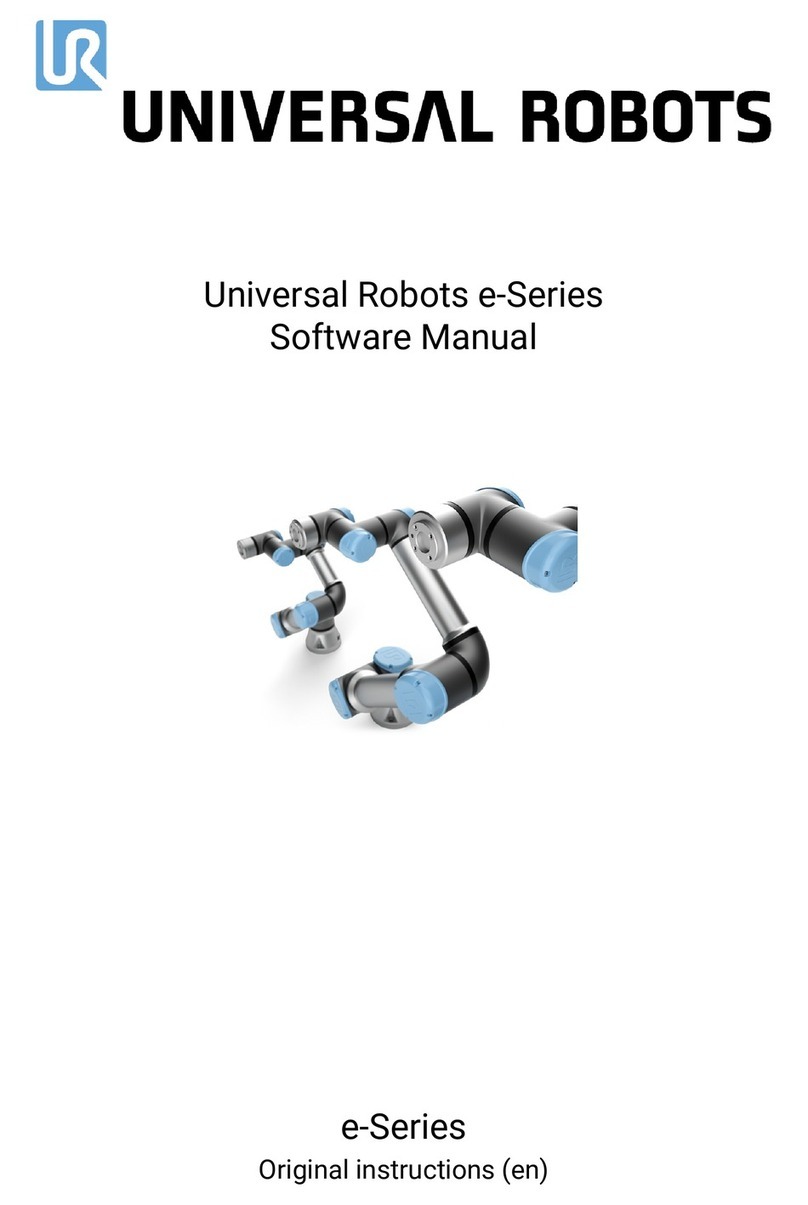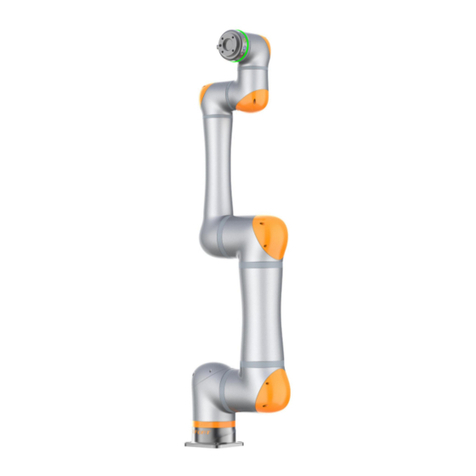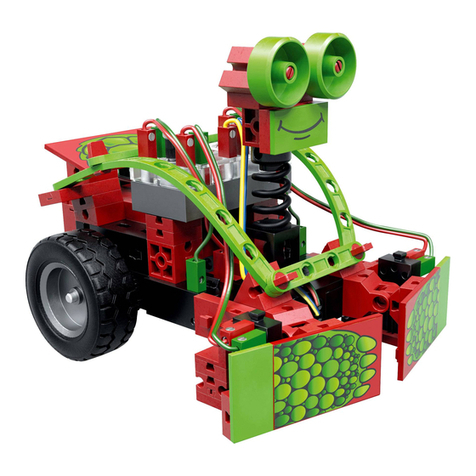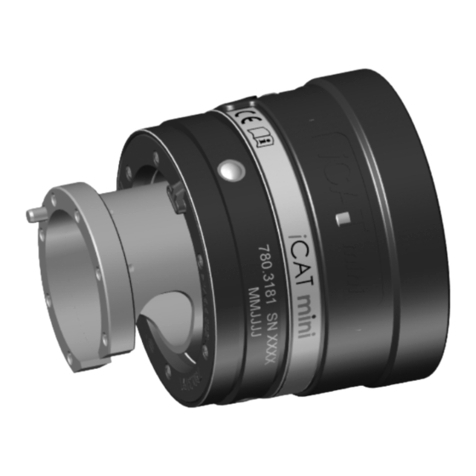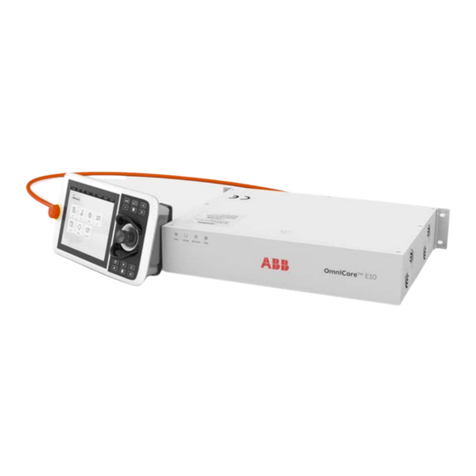1-3-14 Payload Mounting Surface..................................................................................................................1-12
1-4 Autonomous Navigation................................................................................................................1-13
1-5 Optional Items..................................................................................................................................1-15
1-5-1 EM2100 Fleet Manager.......................................................................................................................1-15
1-5-2 Additional E-stop Buttons....................................................................................................................1-15
1-5-3 Additional Warning Lights....................................................................................................................1-16
1-5-4 Additional Warning Buzzers................................................................................................................1-17
1-5-5 Top Plate................................................................................................................................................1-17
1-6 Software.............................................................................................................................................1-18
1-6-1 System Requirements..........................................................................................................................1-18
1-7 Payload Considerations.................................................................................................................1-20
1-7-1 Payload Structures...............................................................................................................................1-20
1-8 Coordinate System..........................................................................................................................1-23
Section 2 Specifications
2-1 Performance Specifications............................................................................................................2-2
2-2 Physical Specifications....................................................................................................................2-3
2-2-1 Dimensions..............................................................................................................................................2-3
2-2-2 Weights....................................................................................................................................................2-4
2-2-3 Payload Center of Gravity .....................................................................................................................2-4
2-3 Environmental Specifications ........................................................................................................2-8
2-3-1 AMR Environmental Specifications......................................................................................................2-8
2-3-2 Battery Environmental Specifications..................................................................................................2-8
2-3-3 Pendant Environmental Specifications................................................................................................2-9
2-4 Laser Specifications .......................................................................................................................2-10
2-5 Battery Specifications....................................................................................................................2-11
2-6 Other Specifications .......................................................................................................................2-12
2-6-1 Safety Functions...................................................................................................................................2-12
2-6-2 USER PWR Connector........................................................................................................................2-14
2-6-3 REG PWR Connector..........................................................................................................................2-15
2-6-4 SCPU Connector..................................................................................................................................2-15
2-6-5 LIGHTS Connector...............................................................................................................................2-16
2-6-6 IO 1 Connector......................................................................................................................................2-16
2-6-7 IO 2 Connector......................................................................................................................................2-16
2-6-8 COMMS Connector..............................................................................................................................2-17
Section 3 Installation
3-1 Installation Introduction...................................................................................................................3-2
3-2 Battery Installation Procedure .......................................................................................................3-3
3-3 Network Connections.......................................................................................................................3-5
3-3-1 Default Network Settings.......................................................................................................................3-5
3-3-2 Wired Connection Procedure................................................................................................................3-5
3-3-3 Wireless Connection..............................................................................................................................3-6
3-4 Electrical Connections.....................................................................................................................3-8
3-4-1 Wireless Antenna Connections ............................................................................................................3-8
3-4-2 User Access Panel Connections..........................................................................................................3-9
3-5 Attaching the Payload....................................................................................................................3-17
3-5-1 Payload Structure Mounting Points....................................................................................................3-17
3-6 Attaching Warning Labels.............................................................................................................3-20
3-7 Safety Commissioning...................................................................................................................3-21
